Parades, festivals, concerts, fairs, any public gathering, even if it’s just rush hour, is an opportunity to photograph humans. (We are such interesting creatures with our habits, customs and rituals.) When we are in big groups bustling around, we are less likely to be bothered by a camera. Everyone has a cell phone and is taking photos, so what’s one more photographer snapping away?
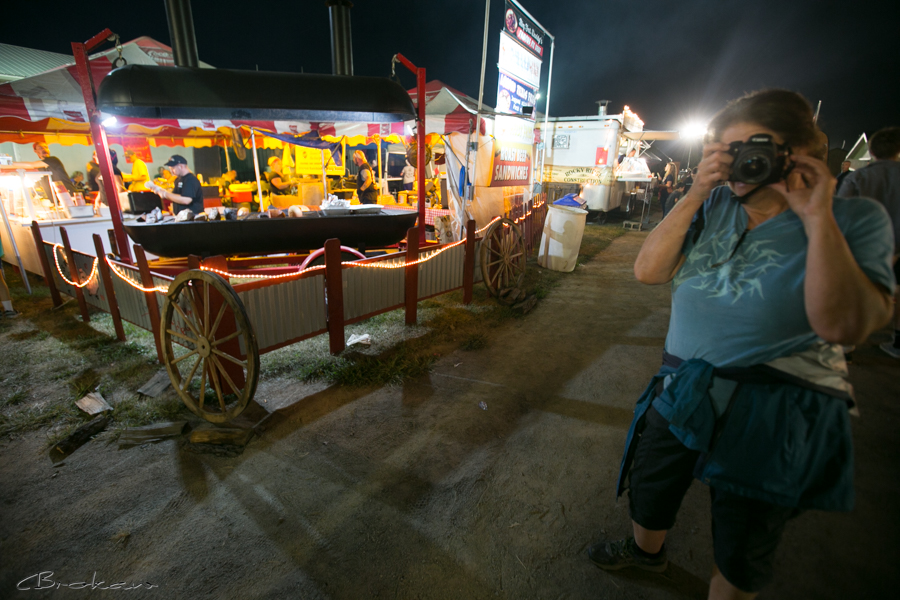
One of my favorite places to shoot (among many) is a county fair. Not only is it loaded with people doing the fair thing, it’s iconically American and current. So when Hunterdon has it’s annual 4H and Agricultural fair, I love to wander around with a camera or two (a wide angle and a telephoto) looking for images.
I search for opportunity. I’m looking for something interesting to see and I never know what I will find or where.
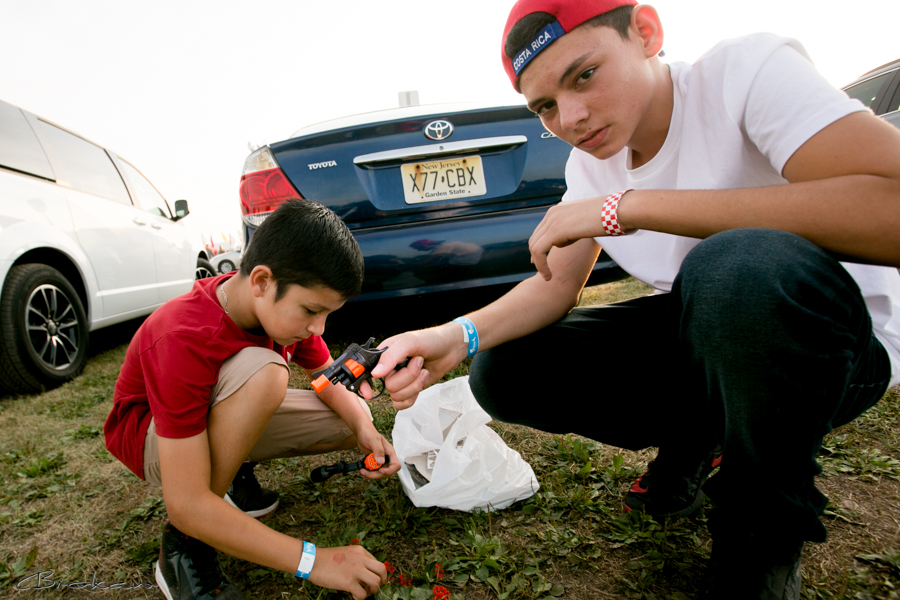
Events are a mangle of subjects. There are things and people all over the place moving and shifting. And the light does what it wants changing constantly.
As a photographer you are a the mercy of the elements and captain of your camera. While you’re navigating the visual world searching for subjects and compositions you’re also high cognizant of where the light is and what i it doing.
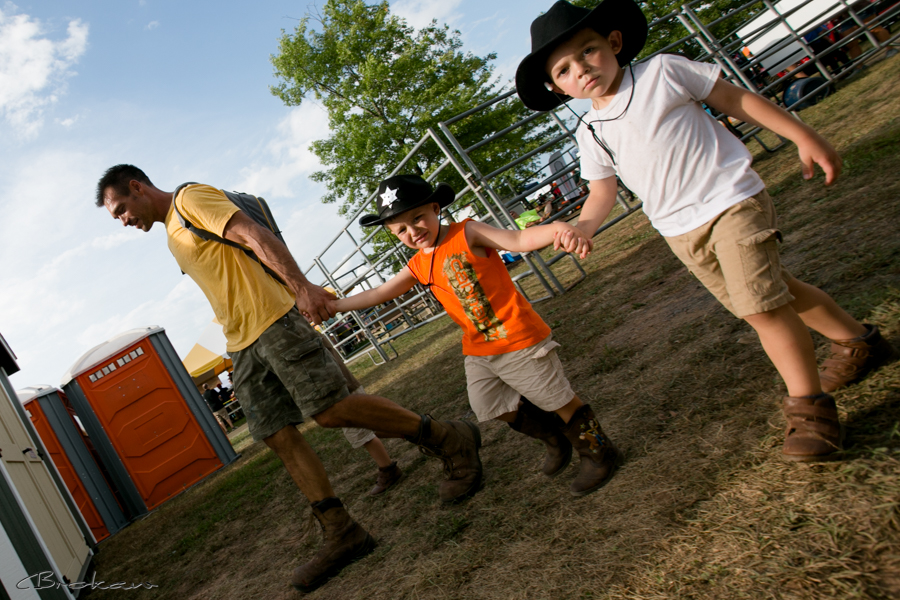
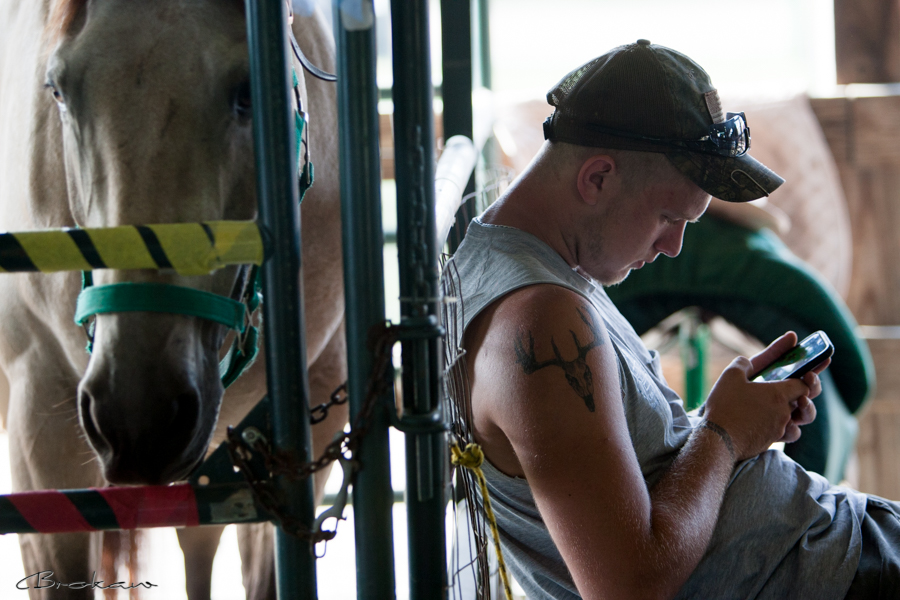
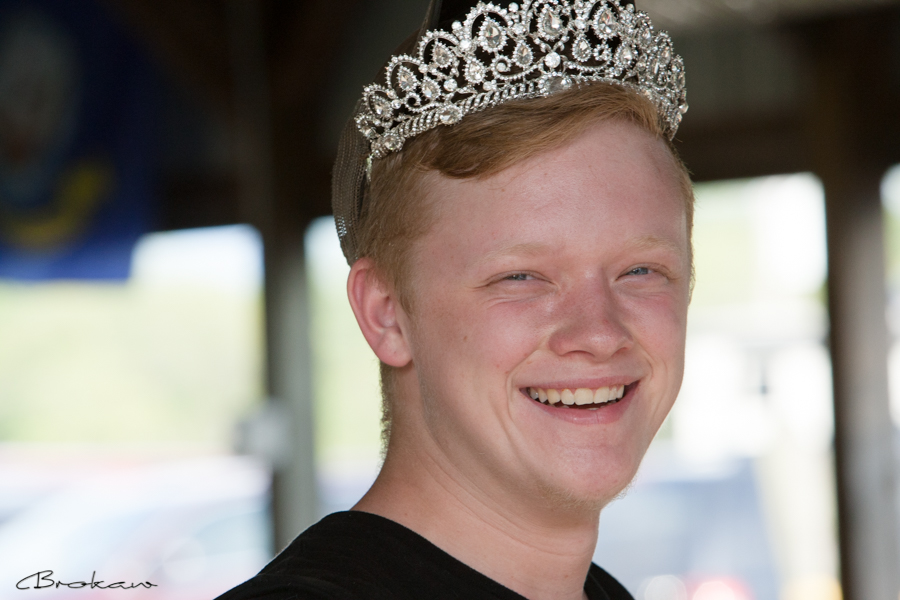
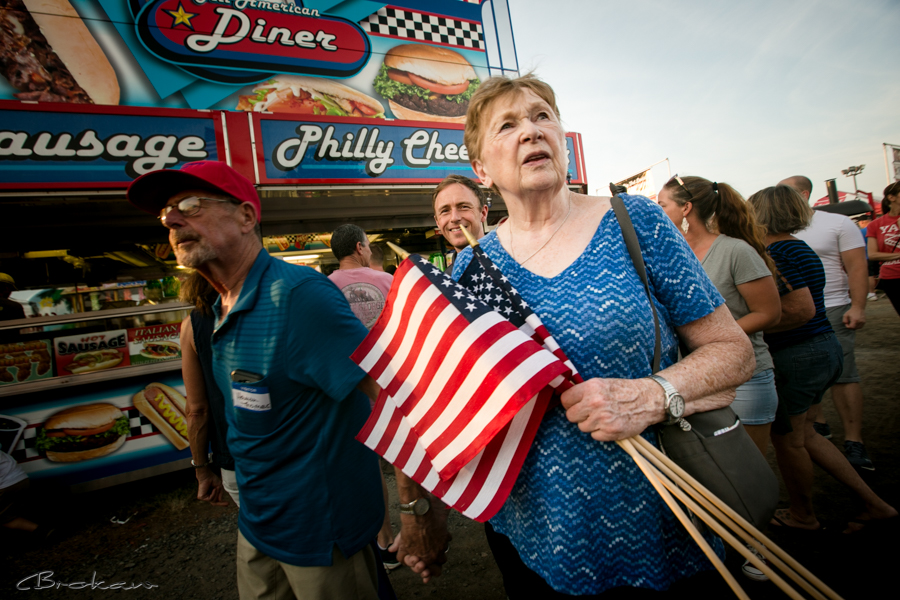
Festivals and fairs are essentially street photography, without the street. It is up to you to create composition. To make it work. Things are moving all around you so it is often a matter of anticipating what will happen in the next few seconds or minutes and preparing ahead of time to get the shots. Composition, pre-focus, lighting, exposure and timing.
As the day gradually transitions to night it’s fun trying to get that balance between ambient natural light and artificial lighting. Catching the last rays of golden orange sunlight is often rewarding if you are in the right place at the right time but it fades pretty quickly. Where are the colors? To get the best results you often need to face northeast away from the sun to catch the reflected light and a cooperative dark sky.

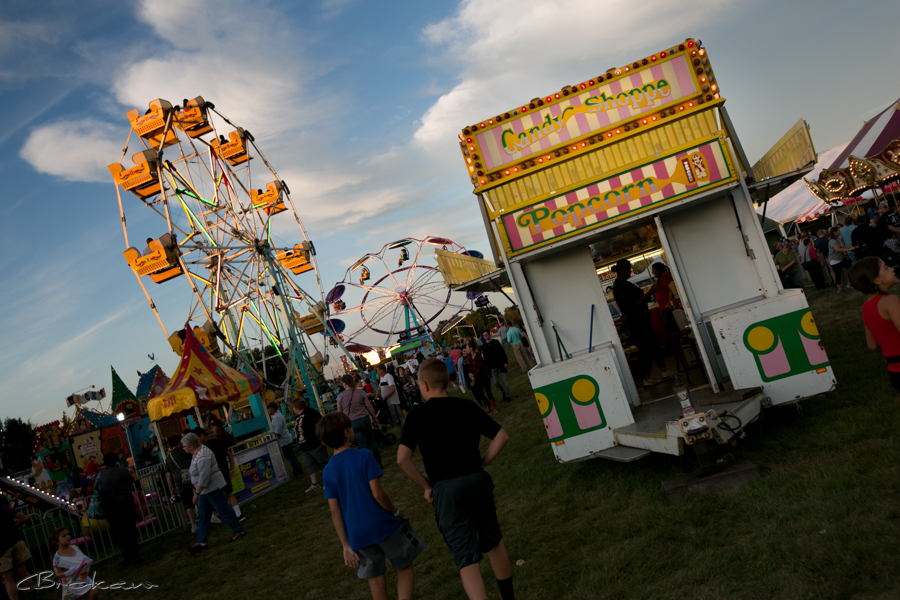
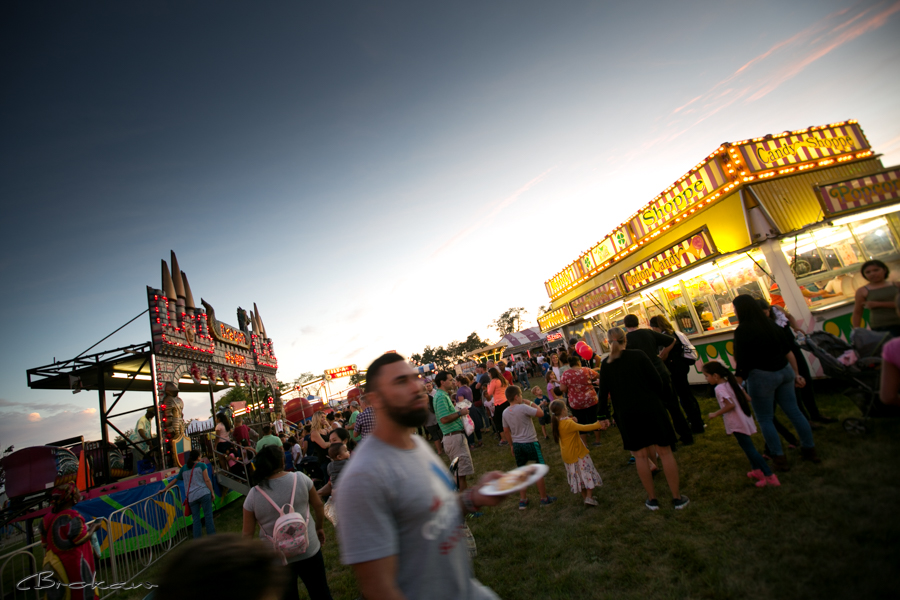
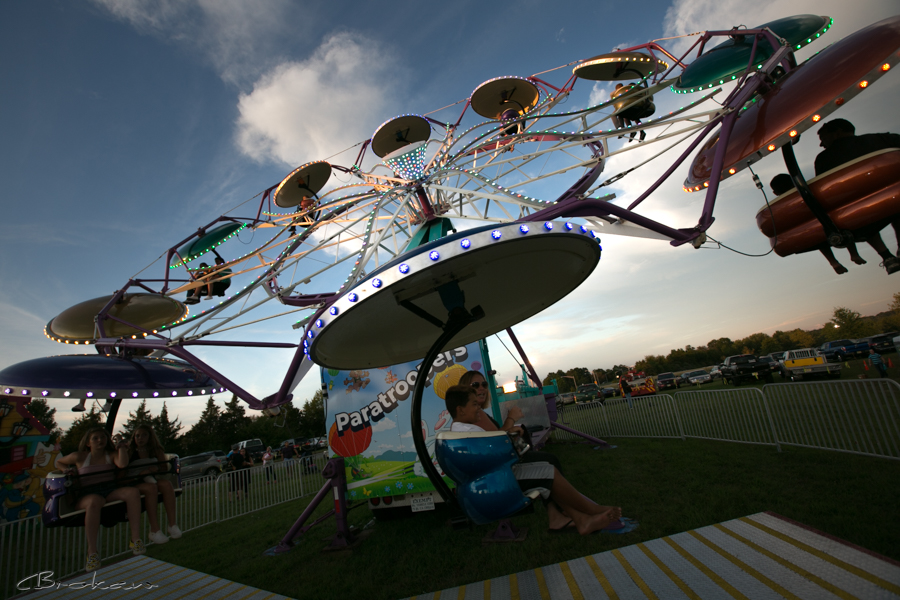
As the sun dips below the horizon, the magic hour approaches. That’s when the sky and ambient light reach a nice balance. It’s not an hour, though, just a few minutes (maybe 15 minutes). There is no set time. It depends on the sky. The magic moment on cloudy days will be different from clear sunny days but can be just as dramatic and sometimes more dramatic.
The sky was clear on the night of the fair offering plenty of opportunity. My location of choice was the midway where all the food vendors were.
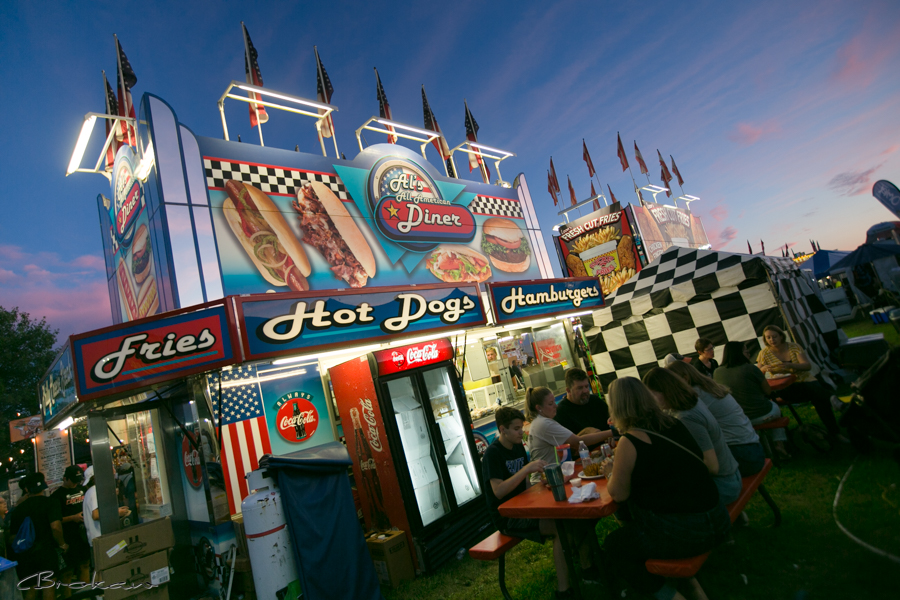

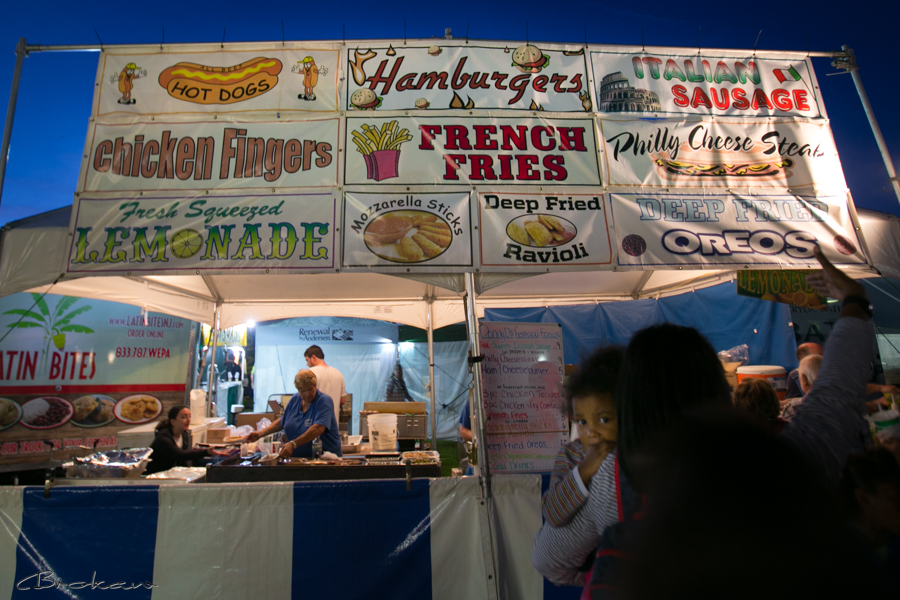
As night settled in and I worked more with the ambient light of the midway, the ISO steadily crept higher and higher to avoid a slow shutter speeds. I brought my film camera with me with some ISO 400 Tri-X which couldn’t keep up with the fading light and was retired into the camera bag as it got dark. Next time I’m out with the film camera I’ll be bringing along a tripod.
Once the sky had pretty much gone black, the actual vendor booths become more interesting to photograph. Many of the booths were fairly dark so it was a balance of not wanting to push my ISO too far, losing quality, and keeping the shutter speed high enough to hand hold the camera. Newer cameras are able to push ISO’s way up there but my quality drops off noticeably when I get above 1200 so that’s as far as I’ll usually push it.
It just takes slowing down and taking more care to get the shots. Using a wide angle lens allows me to use slower shutter speeds and still not getting blur from camera movement.
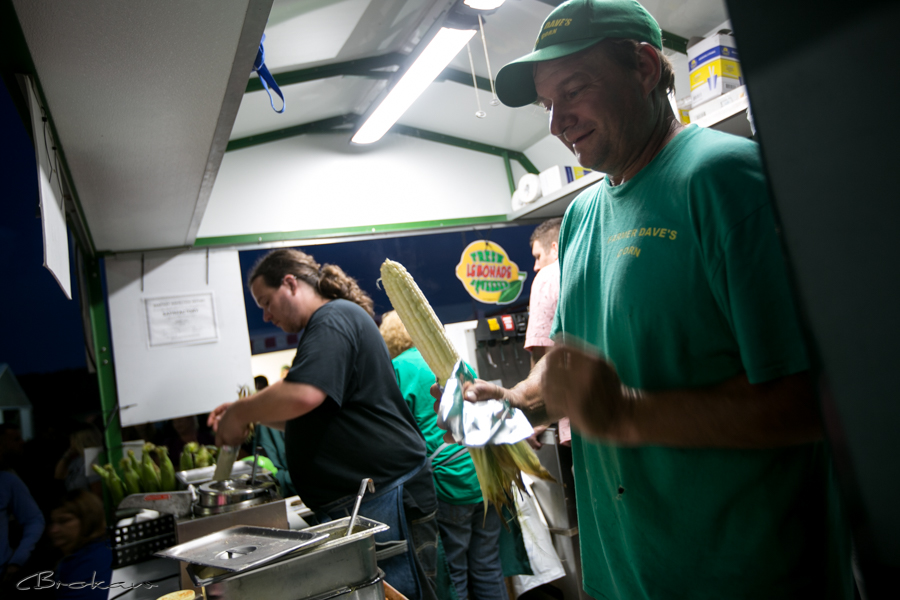
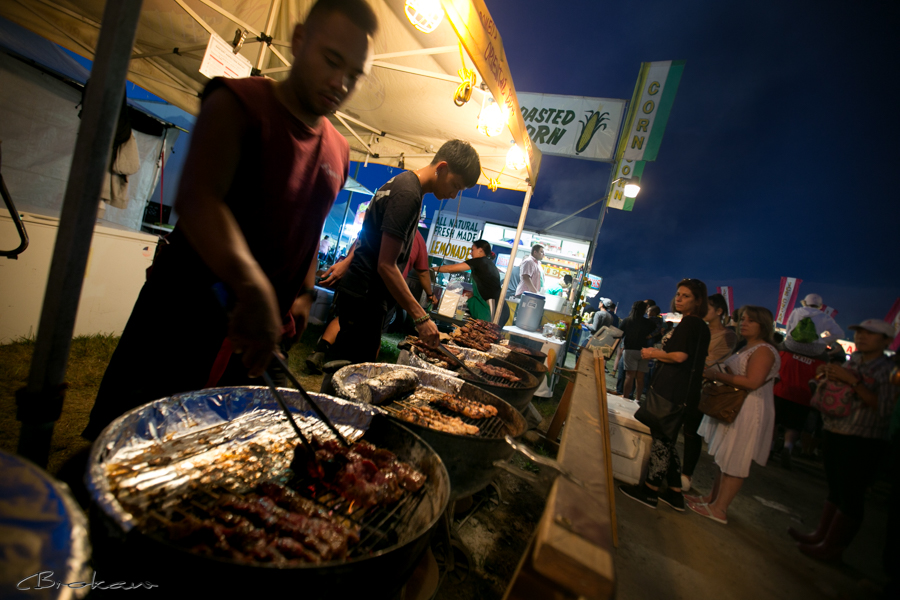
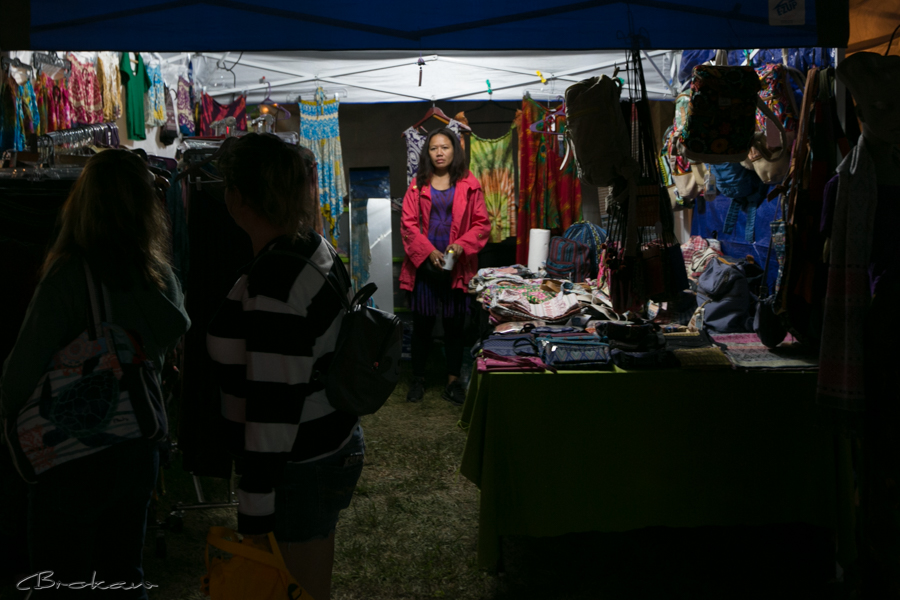
Sometimes, I’m not sure what’s the best part of photography.
The actual shooting is an exciting game, scouting around looking for interesting things to shoot, thinking about composition and how to frame it “just so” and balancing all the tech stuff like exposure, shutter speed, depth of field and focus. It’s a form of play.
After the shooting comes the chance to see what you got. What shots pop out as successful? Shots that resonate with you? What worked and how can I process it? Sitting in my comfortable chair in front of my monitor tweaking images may not be quite as much fun as shooting but it’s when you get to really see what you’ve done and seeing what you can do with the images.
Then there is the sharing. I want people to look at my photos. I like attention. (Don’t we all?) I always want to produce a body of work that I like and that other people like, too. That’s double satisfaction. It’s good energy when people enjoy your images and you get positive feedback.
At some point it’s all done and time to move on to the next photo adventure to begin the cycle of seeing and presenting again. It’s always fun and that’s the whole idea!
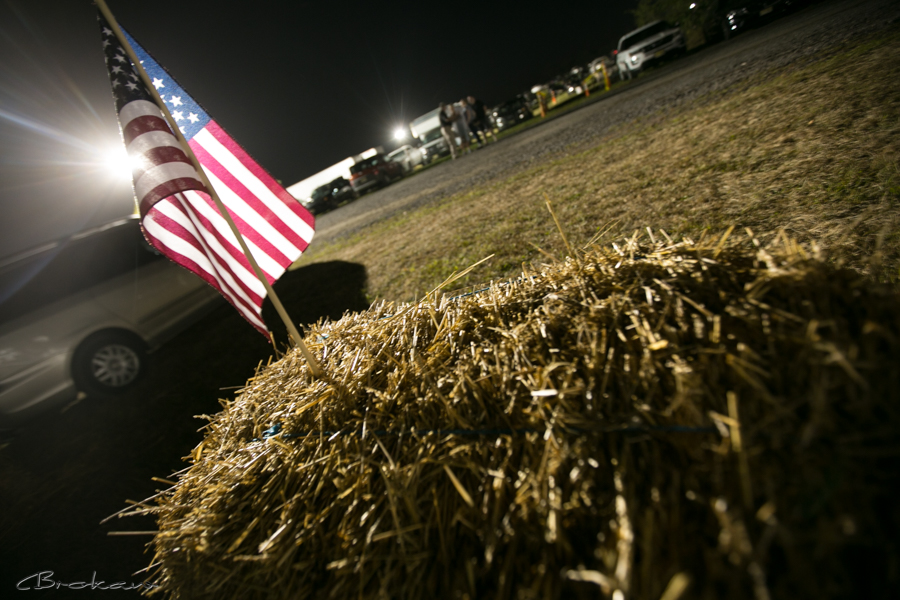
Nice article. A lot of “dutch angles” among your shots here Bill, in some of them is clearly creates a sense of purposeful dynamic or imbalance in the image, for example the umbrella ride, the bbq, while in others it is harder for me to understand your intent (perogies, hot dogs). It would be interesting to hear your thoughts on this compositional technique.
Thanks for the comment, Frank. My intent is rarely verbal. It is simply a blend of showing elements that explain the scene and a sense of how I want to fill the frame. (I don’t know what a Dutch Angle is.)
The Hot Dog and Pierogi shots were selected because they have nice eye-leading angles, show the fair going crowd and illustrate the light balance of the pretty dark blue evening sky, the people and the incident light.